Have you ever looked at a stunning photograph and wondered how it was created? The key to creating captivating images is often found in mastering the power of lighting. Lighting provides photographers with an incredible range of possibilities to help bring photos to life, and this blog post will uncover the importance of lighting in photography. From understanding the basics of when to use light, to exploring creative ways to incorporate it into your shots, you’ll be well on your way to capturing the perfect shot!
The importance of light in photography
Lighting plays a vital role in photography. A properly lit photo can capture a moment in time and make it look breathtakingly beautiful, while one that’s poorly lit may be forgettable. With the right light, you’ll be able to create an image that stands out from the rest.
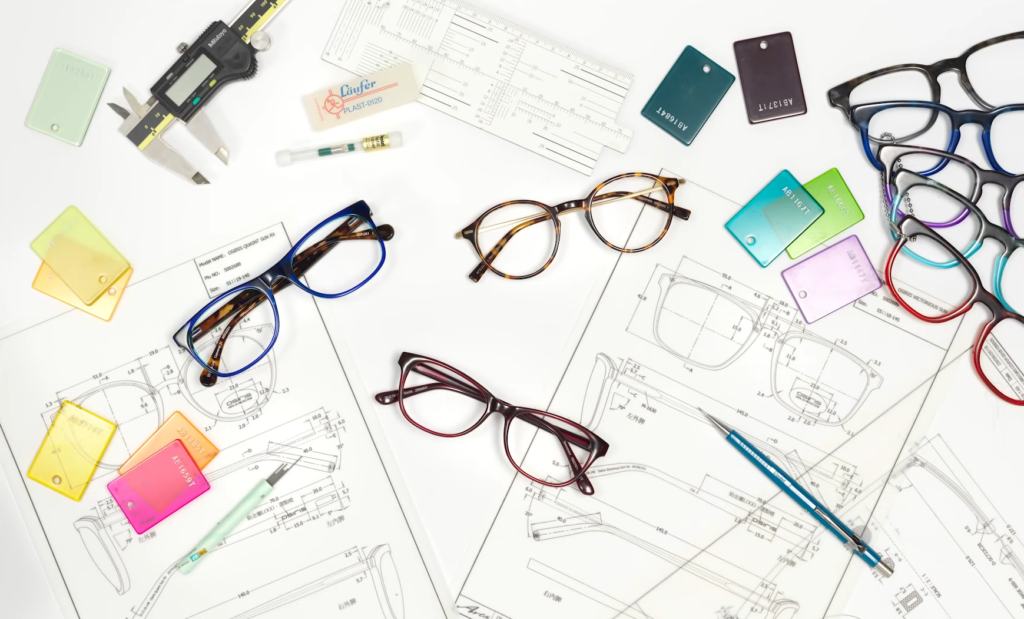
When trying to capture that perfect shot, it’s important to understand where the light is coming from. Natural light coming in through a window can be used to create beautiful soft lighting, while harsh sunlight streaming in can create strong contrast and deep shadows. You’ll want to consider the type of lighting you’re using when setting up your shot, as this will determine how your photo comes out.
Another factor you’ll need to consider is the angle of your lighting. This can make a huge difference in how your shot looks. If you want to create dramatic shadows and contrast, you’ll need to place your light source at an angle to the subject, while if you’re looking for a more even look, you’ll want to set up light that shines directly onto it.
The type of lens you use can also make an impact on the lighting in your photos. If you’re shooting with a wide-angle lens, for example, more light will be able to reach your subject and this could help create better results.
Types of Lighting in Photography
Lighting can be a powerful tool when used correctly in photography, and understanding the different types of lighting available is essential to taking great photos. Photographers have access to a variety of lighting options such as natural light, studio lights, strobes, LED panels, and more.
Natural Light
Natural light, with its inherent qualities and versatility, stands as one of the most commonly employed sources of lighting in the realm of photography. Its ethereal glow, often diffused through delicate clouds or skillfully manipulated with reflectors, serves to mitigate the sometimes overbearing intensity of direct sunlight. Moreover, photographers possess the ability to further shape and mold natural light to suit their precise requirements through the strategic implementation of scrims and flags. These ingenious tools afford the creation of beautifully soft, yet precisely focused illumination, facilitating the realization of artistic visions with utmost precision and finesse.
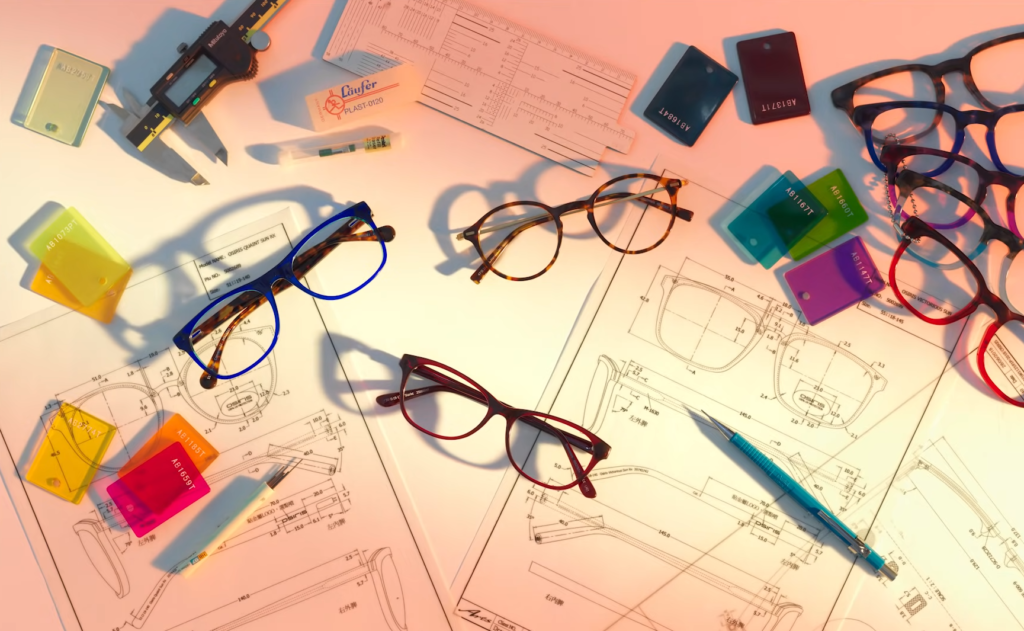
Studio Lighting
Studio lighting is undeniably one of the most versatile lighting setups available to photographers. With the aid of studio lights, including strobes and continuous lights, photographers gain unparalleled control over various lighting elements such as brightness, color temperature, direction, and diffusion. This level of control opens up a vast array of creative possibilities when capturing stunning photographs within studio settings. Whether it’s accentuating the subject’s features, creating dramatic shadows, or achieving a perfectly balanced composition, the flexibility offered by studio lighting empowers photographers to bring their artistic vision to life in captivating ways.
Positioning light
When taking photographs, it is crucial to carefully consider the positioning of light. The way light is positioned can have a significant impact on the overall look and feel of an image. For instance, if you place a key light slightly behind your subject, it will create a moody atmosphere, adding depth and intrigue. On the other hand, positioning the light directly in front of them will create a harsher, more contrasty look, emphasizing their features. By experimenting with different light positions and angles, you open up a world of possibilities to create truly unique and captivating looks. So don’t be afraid to play around and discover the magic that can happen when light interacts with your subject.
Light Modifiers
Light modifiers, such as diffusers, umbrellas, and softboxes, are indispensable tools for photographers. These versatile accessories play a crucial role in manipulating light, allowing for the creation of softer shadows and achieving even lighting effortlessly. When it comes to on-location shoots, where time is of the essence, diffusers and umbrellas shine as excellent choices, enabling quick and efficient setups while maintaining exceptional lighting control. With their help, photographers can effortlessly capture stunning images in any setting, bringing their creative vision to life.
Shaping light
Shaping light is not just important but an essential part of creating great photographs. It’s not just about capturing a moment, but about capturing it in the best possible way, with the perfect balance of light and shadow. Knowing how to shape the light into the desired look and feel can be a challenge, but with the right tools, techniques, and practice, it can be mastered.
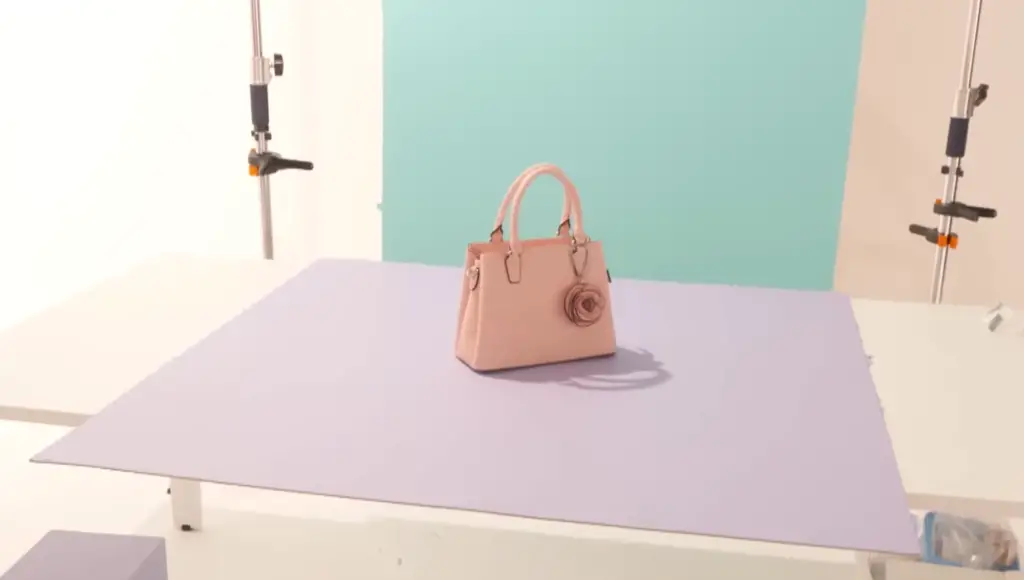
Photographers have an array of modifiers at their disposal, such as grids, snoots, flags, and gobos. These versatile tools allow photographers to make precise adjustments to their lighting setups, allowing for the creation of truly unique looks and enhancing the overall visual impact of their photographs. By understanding how to effectively use these modifiers, photographers can add depth, dimension, and drama to their images, elevating them to a whole new level of artistry. So, don’t underestimate the power of shaping light – it’s the secret ingredient that can take your photography to the next level!
Manipulating light
Mastering the art of manipulating light is a crucial aspect of the photography process. It involves harnessing the power of light to elevate your work to new heights. By employing various techniques such as High Dynamic Range (HDR), panning, freezing motion, and silhouetting, you can transform ordinary scenes into captivating visuals that captivate and engage viewers. Understanding the fundamentals of manipulating light not only unlocks a myriad of creative possibilities but also allows you to convey emotions, emphasize subjects, and create stunning compositions that leave a lasting impression. So, delve into the fascinating world of light manipulation and watch as your photography evolves into a true masterpiece [1].
Different Lighting Styles
Hard Light vs. Soft Light
Lighting styles can be divided into two broad categories: hard light and soft light. Hard light is when a single, powerful source of light is used to illuminate a scene. This produces bright highlights with sharp shadows and creates a contrast between the darker areas in the image. Soft light, on the other hand, is produced by multiple sources of light that are diffused using softboxes, umbrellas, and other modifiers. This creates a softer and more even light that is less harsh on the subject’s skin tones.
Natural Light vs. Artificial Light
The type of light can also be divided into natural light and artificial light. Natural light sources include sunlight, moonlight, and candlelight while artificial lights include lamps, flashlights, and studio lights. Natural light tends to be softer and more flattering while artificial light can be used to create a mood or atmosphere that is difficult to achieve with natural light sources.

Temperature of Colour
Another important factor to consider when lighting a scene is the temperature of color. The warmer tones that are produced by incandescent light bulbs are often used to create a sense of warmth and coziness while cooler tones from fluorescent lamps tend to be more clinical and industrial in appearance. It’s important to remember that the choice of color temperature can drastically alter the mood and atmosphere of the image.
Shooting in natural light is the first rule of thumb for photography lighting
Natural light is the number one choice for photographers for creating beautiful images. It’s free and often more flattering than artificial lighting as it tends to be softer and more diffused. Natural light can also create a sense of atmosphere that is difficult to achieve with other sources of light, such as lens flares or colored gels. However, shooting in natural sunlight has its drawbacks, such as the lack of control over the direction and intensity of light, so it can be beneficial to supplement natural light with one or more artificial lights.
When strobes are appropriate
Strobes, or studio lights, can be a great choice for shooting in a controlled environment. They provide the photographer with much more control over the intensity and direction of light as they can be adjusted to any brightness setting and pointed at any subject or object. This is especially useful when photographing a product that needs to be lit evenly from all angles. Additionally, strobes can be used to create dramatic effects and moods that are difficult to achieve with natural light sources.
There is more than one light source
Sometimes, using only one light source is not enough. In these cases, a combination of different lights can be used to achieve the desired effect. This includes adding multiple strobes around the subject for more even lighting or using a smaller light as a fill to soften shadows created by the main light source. Making use of several light sources also allows photographers to experiment and achieve unique lighting setups that would not be possible with a single source.
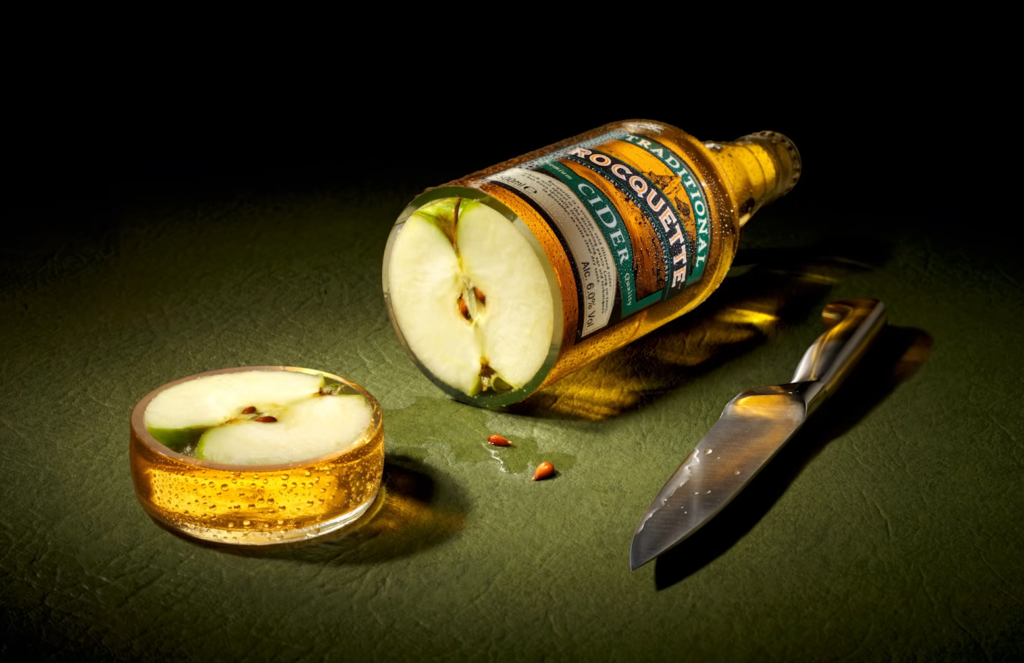
When Choosing Between High Key and Low Key Lighting
High-key lighting is usually used to create a bright and airy atmosphere with minimal shadows. It’s great for shooting outdoor scenes and portraits where the subject needs to be the focus of attention. Low-key lighting, on the other hand, is used to create dark and moody images with strong shadows that add drama and mystery. This type of lighting works well for creating a sense of mystery and foreboding in scenes, especially if the subject is looking away from the camera.
Using Color Gels to Influence Mood
Color gels can be used with both natural and artificial light sources to add an element of color to the image. They work by filtering out certain colors of light while allowing others to pass through, resulting in an image that is dominated by a single hue. Color gels are especially useful for adding a pop of color and emotion to a scene or highlighting specific elements of the composition. By carefully selecting the right gel, photographers can create an atmosphere that tells a story in its own unique way.
Photography in Low Light
Low-light photography can be a great way to create dramatic images. Low-light environments tend to produce beautiful soft light, and shooting with slower shutter speeds will help blur motion while keeping other elements of the image sharp. Photographers can also make use of available light sources, such as street lights or candles, for more creative effects. When shooting in low-light conditions, it’s important to remember that the camera is more sensitive to movement and any slight shake can result in a blurry image.
Using Background Light for Depth
Background lighting is a technique used to add depth and dimension to an image. This can be achieved by adding a light source behind the subject or placing lights near the edges of the frame. Using background lighting can help separate the subject from the background, creating a more dynamic image. Additionally, it can be used to emphasize certain elements of the composition and draw attention to specific details in the scene [2].
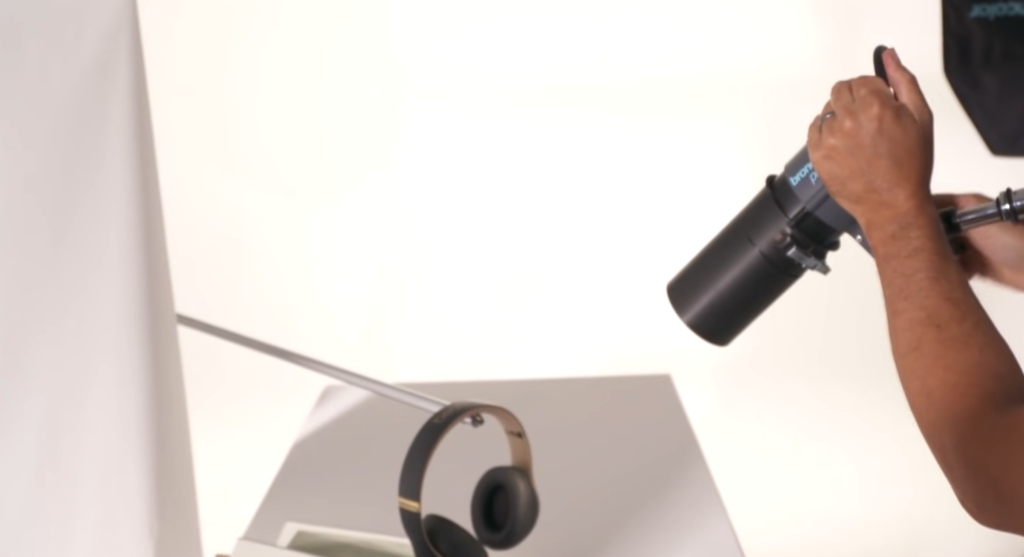
4 Artificial Lighting Types You Should Be Aware Of
Accent Lighting
Accent lighting is a design technique used to create visual interest and highlight specific areas or objects, such as captivating artwork, intricate architectural features, and lush green plants. It serves as a focal point by drawing attention to these elements and enhancing their beauty. This versatile lighting method can be implemented in various ways, either through directional lighting that precisely illuminates the desired item or through non-directional lighting that softly bathes an area with a gentle glow. Commonly employed accent lighting fixtures include spotlights, track lighting, recessed cans, and LED strips, offering a wide range of options to achieve the desired aesthetic effect.
Ambient Lighting
Ambient lighting is a versatile and encompassing form of illumination that can be sourced from either natural or artificial sources. It serves as the primary lighting solution for indoor spaces, offering sufficient brightness for unrestricted movement without the need for supplementary task lighting. Popular fixtures used for ambient lighting include recessed lights, sconces, elegant chandeliers, and stylish pendant lights, all of which contribute to creating a comfortable and inviting atmosphere in any environment.
Task Lighting
Task lighting is a crucial element in any well-designed space, as it serves the purpose of illuminating specific tasks such as cooking, reading, and engaging in other hobbies. By providing focused and targeted illumination, task lighting ensures maximum visibility, allowing you to perform these activities with ease and precision. It is essential to select the right type of task lighting that not only enhances visibility but also minimizes glare and shadows, creating a comfortable and productive environment. Common types of task lighting fixtures include desk lamps, under-cabinet lights, and versatile track lighting options that offer flexibility in directing light precisely where it’s needed.

Decorative Lighting
FAQ
Why are light and shadow important in photography?
Light and shadow play a key role in photography, allowing the photographer to add drama, depth and texture to their images. Shadows emphasize the shape of objects, create contrast between light and dark areas, help define texture or highlight details that may otherwise go unnoticed. They can also draw attention to certain elements or frame a subject within its environment – all very useful tools when it comes to creating compelling photos. In a nutshell, light and shadow help bring your photos to life!
What are the effects of color temperature on photography?
The color temperature of light can have a great impact on the final look of an image. Different temperatures create different moods in photographs, from cool blue tones that evoke feelings of serenity or sadness to warmer tones that create a more energetic or cheerful atmosphere. Furthermore, color temperature can also be used to influence the emotions of viewers by creating a sense of warmth or coldness depending on the chosen hue.
How do I use lighting creatively in photography?
There are many ways to incorporate creative lighting into your photographs. For example, you can use high-contrast lighting to create dramatic images or a soft, low-contrast look for an ethereal feel. You can also experiment with color gels to add vibrance to your photos or play around with light sources located at different angles and distances from the subject. Lastly, you can combine some of these techniques together to get truly unique results and capture creative images that stand out from the crowd.
Can lighting be used to create a certain mood in photographs?
Absolutely! Lighting is an essential tool when it comes to creating an atmosphere and telling stories with your photos. Different types of light produce different effects, so you can use brighter lights for dramatic scenes or softer lighting for dreamy, romantic vibes. You can also use colored gels to add a splash of color and create an artistic look, or experiment with shadows for a more mysterious feel. With the right lighting, you can easily bring your subject matter to life and capture the emotion you want in your photos.
How does lighting affect mood in photography?
Lighting can have a huge impact on the mood of an image. Different lighting techniques bring out different emotions in viewers, such as brighter tones for a feeling of energy and life or muted hues for a sense of stillness and calm. Even shadows play a role in this, as they can be used to create an eerie atmosphere or to direct attention to certain elements in the frame. By understanding how to use light effectively, you can create compositions that evoke different feelings and craft stories with your photographs.
What is the difference between natural and artificial lighting?
The main difference between natural and artificial lighting is the source of light used for each. Natural light refers to sunlight or other sources of illumination naturally present in the environment, while artificial light is created by man-made objects such as lamps or flashlights. Because of this, natural lighting tends to be more unpredictable and harder to control than artificial lighting, which can be adjusted depending on your needs. However, both types of lighting can be used to create stunning images; it just depends on your preference and how you want to capture the scene.
What are the benefits of using natural lighting for photography?
Using natural light for photography has many advantages. For one, it is free and doesn’t require any additional gear or setup. Natural light also provides a softer glow that can be used to great effect to emphasize texture, shadows and details in an image. Lastly, because sunlight changes throughout the day, it can be used to create different moods and atmospheres depending on when it is captured. Natural light is a powerful tool for photographers, allowing them to explore a range of possibilities and capture beautiful images.
What type of lighting should I use for portrait photography?
Portrait photography typically involves using flashes or softboxes to get evenly-lit, flattering shots of your subject. For outdoor portraits, you can use natural light with a reflector or diffuser to soften and control the light. Indoors, using multiple light sources is recommended as it allows you to play around with different angles and create interesting effects. Additionally, some photographers opt for studio lighting kits that provide more control over the mood and look of the final image. Ultimately, the type of lighting you should use depends on your creative vision and the type of portrait you are aiming for.
Useful Video: 6 LIGHTING FACTS All Photographers Should Understand – Studio Lighting Tutorial
Conclusion Paragraph
So, lighting is really important in photography and video production. It can make or break your final product, and it’s something that shouldn’t be overlooked. By understanding the power of lighting and taking the time to plan out your shots, you can bring a whole new level of professionalism and creativity to your work. With enough practice, any photographer or videographer can learn how to take advantage of every light source available in order to create stunning visuals. You can surely use this comprehensive guide to improve your understanding of lighting and make your productions even better.
References
- https://markbrion.com/the-importance-of-light-in-photography/
- https://www.format.com/magazine/resources/photography/lighting-in-photography
- https://www.propertypro.ng/blog/4-types-of-artificial-lighting-you-should-know/





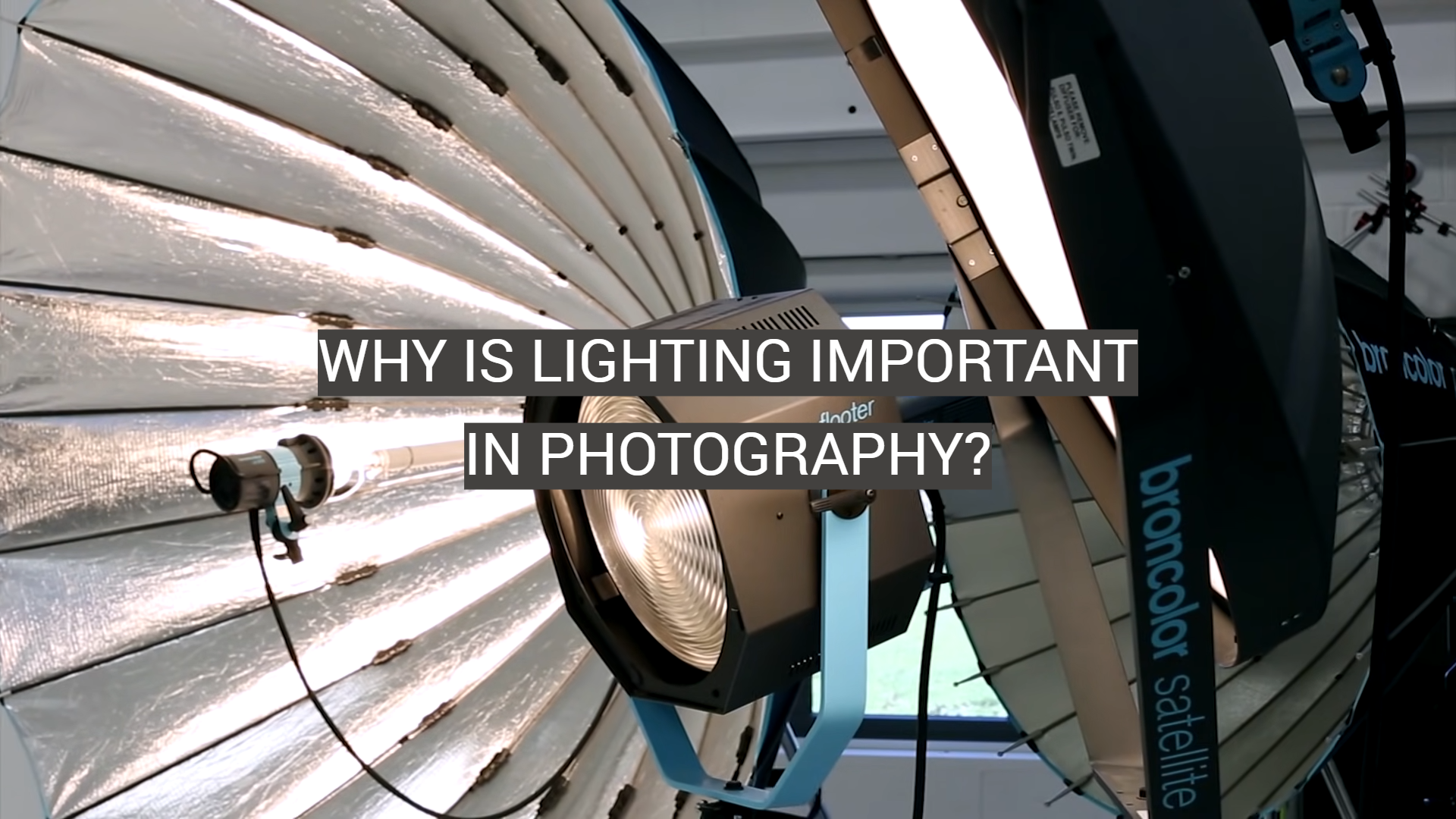
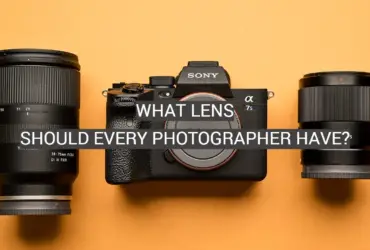
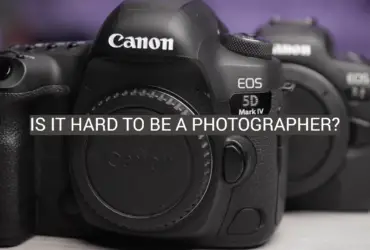
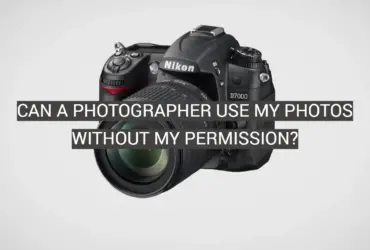

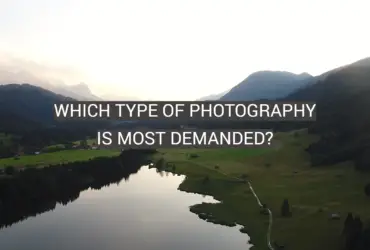
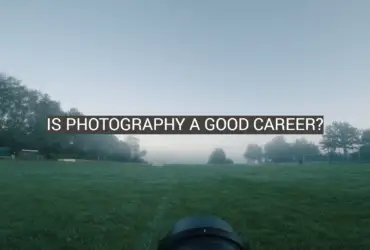
Leave a Reply